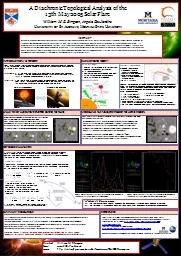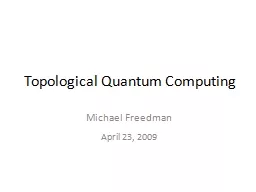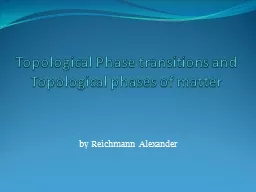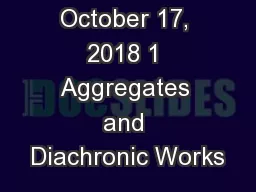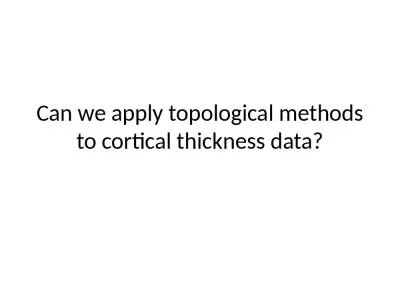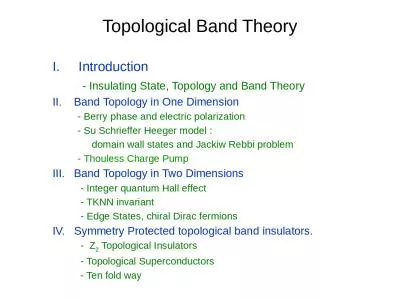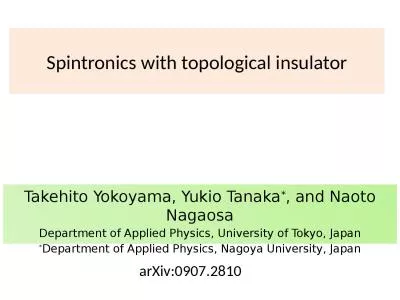PPT-A Diachronic Topological Analysis of the
Author : olivia-moreira | Published Date : 2016-05-08
13th May 2005 Solar Flare William MR Simpson Angela Des Jardins University of St Andrews Montana State University Contact Email www William M R Simpson wmrs2standacuk
Presentation Embed Code
Download Presentation
Download Presentation The PPT/PDF document "A Diachronic Topological Analysis of the" is the property of its rightful owner. Permission is granted to download and print the materials on this website for personal, non-commercial use only, and to display it on your personal computer provided you do not modify the materials and that you retain all copyright notices contained in the materials. By downloading content from our website, you accept the terms of this agreement.
A Diachronic Topological Analysis of the: Transcript
Download Rules Of Document
"A Diachronic Topological Analysis of the"The content belongs to its owner. You may download and print it for personal use, without modification, and keep all copyright notices. By downloading, you agree to these terms.
Related Documents

